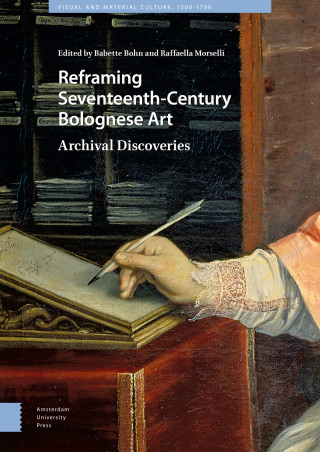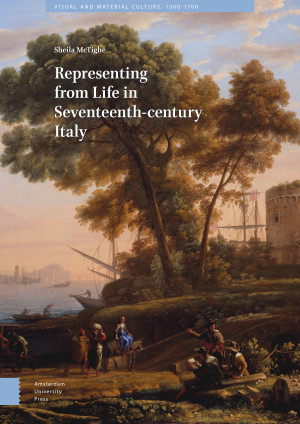"The objective of Sheila McTighe's book of this title is to understand the role of eye-witnessing, depicting 'from life', and the process by which works of art were made in Italy during the early modern period. [...] It is an ambitious remit that is superbly handled, revealing deep analysis based on close and prolonged looking, asking penetrating questions of the material, through contemporary sources."
- Mark McDonald, Print Quarterly, XXXIX, 2022, I
"Attending to recent focus in the discipline on the methods of artistic practice, the book sheds new light on little-understood aspects of early modern artistic working methods, from Caravaggio's 'true doubles' to Callot's miniaturization devices, to Claude's perspectival instruments. Through a rich historical contextualization, it also brings to the fore a range of interdisciplinary influences on art-making of the period, from court wit to instruments of vision, to mapping and measurement, and theatrical scenography."
- Professor Genevieve Warwick, University of Edinburgh
"[...] Representing from Life in Seventeenth-Century Italy contributes significantly to our understanding of a difficult and still underresearched subject. It can be recommended for undergraduates as well as specialists owing to its clarity of argument and sustained engagement with its visual materials."
- Thomas Balfe, Renaissance Quarterly, Vol. 75, No. 2
"In the most transcultural and trans-media study of the phenomenon of From Life picturing to date [...] this book restores richness and multifaceted complexity to the phenomenon, reframing it as a polysemous mode of picturing and unfolding the different utilities of representing From Life that served a range of meta-artistic, socio-political and cultural interests and agendas both individual and collective."
- Ruth Sargent Noyes, Seventeenth-Century News, Vol. 80, Iss. 1-2

